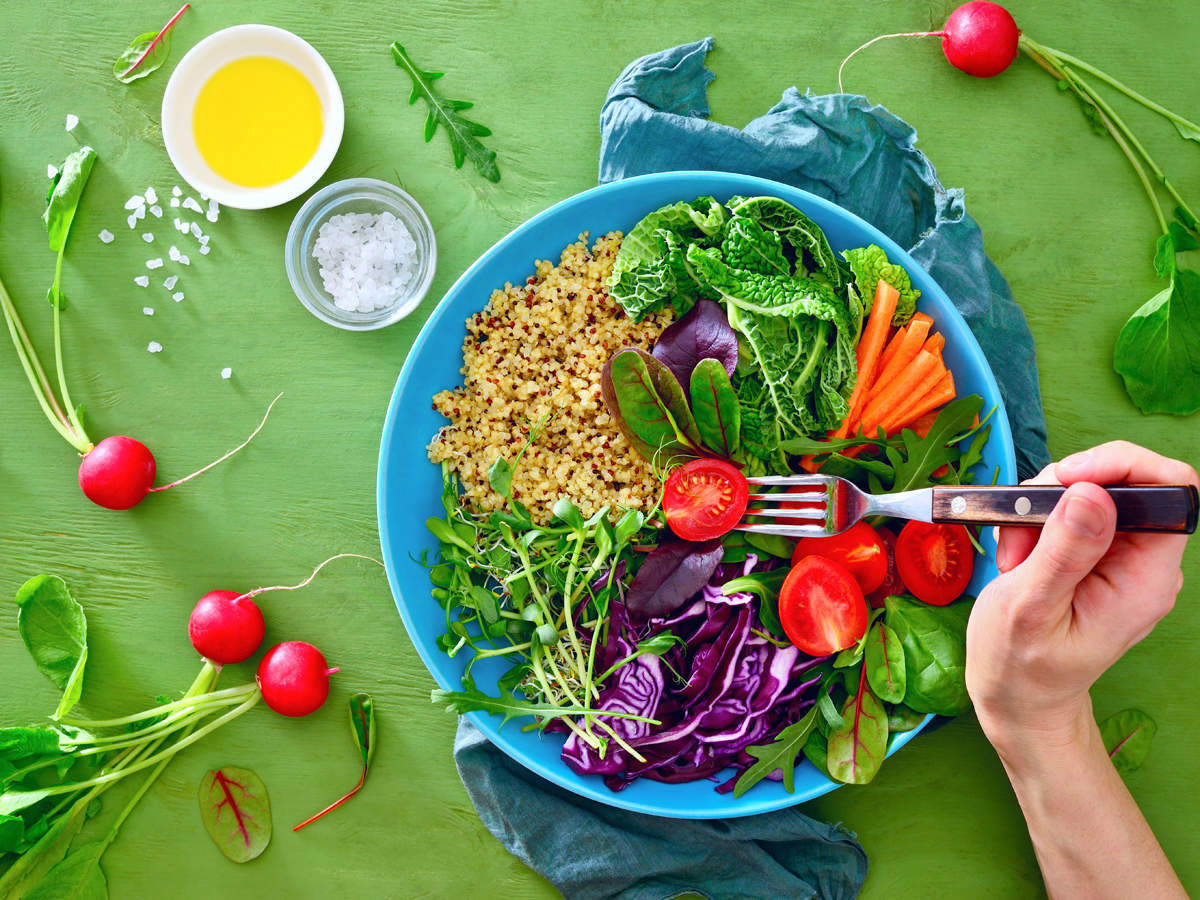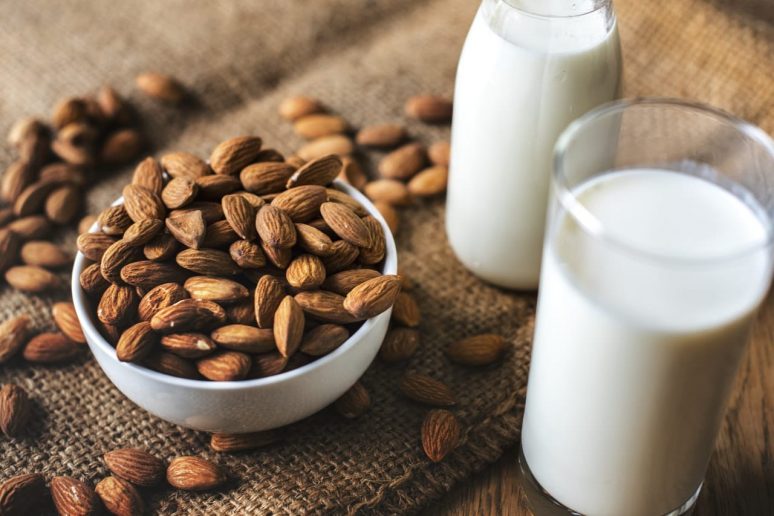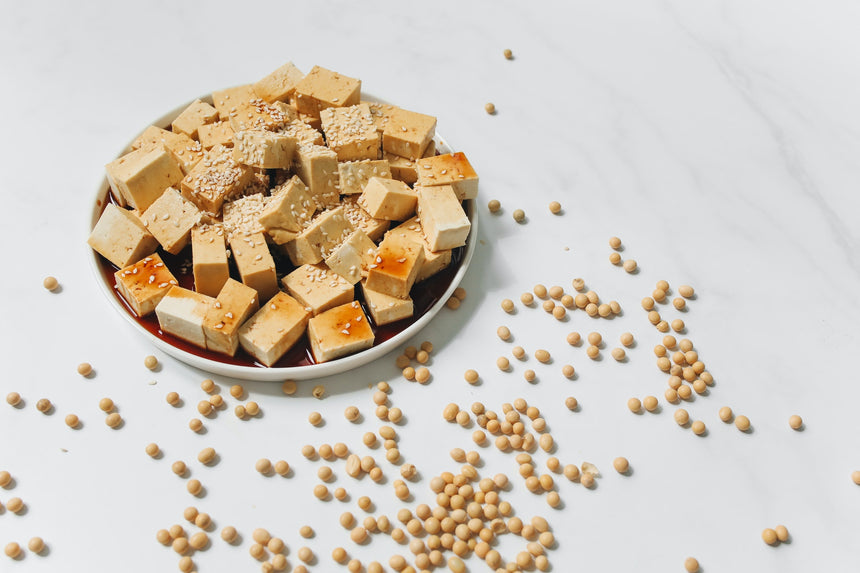
Tofu veg recipes should be low in sodium, and there are several ways to make tofu a lower sodium food. To make tofu vegetable recipes low in sodium, this article will teach you how to use soy sauce and teriyaki peanut butter sauce. The final step is to prepare a stir fries sauce for tofu recipes.
Low-sodium tofu veg recipes
Tofu can also be cooked in various ways. Tofu has a firm texture that enables it to absorb sauce. This kind of tofu is easy to prepare and can be served alongside rice, noodles, or vegetables. This type of tofu can be marinated in different ingredients before being cooked. You can alter the seasonings to suit you taste.
You can make it more simple to cook by placing a sheet of parchment on a baking plate. Then, place the block on top and add a few things to help it stay down. Bake the tofu on a baking sheet for around 25 to 35 minute, flipping halfway through. The longer the tofu is cooked, the more difficult it will become. To make it more tender, you can cook it for around 5-10 minutes each time.

Tofu vegetable recipes can be made with soy sauce
The tofu can also be sprinkled with brown sugar. This will add flavor and aroma to the tofu while maintaining its texture. If you don't have soy sauce on hand, substitute agave syrup. Also, you can leave out the cayenne flakes because they will make it watery. Tofu can be substituted with seitan.
Heat a large skillet on high heat. Add the vegetables, and tofu. Cook until tender. Sprinkle with salt and pepper, to taste. Mix the sauce with the vegetables. Cook until the tofu is well combined. Serve the Spicy Sesame Tofu over rice. Allow your meal to come together in a matter of minutes. Enjoy! These are just a few of the many ways you can use soy sauce.
Tofu veg recipe: Add teriyaki Peanut Sauce
A wonderful addition to your tofu vegetable recipes is to add teriyaki peanut oil. To create this delicious sauce, first press tofu to remove excess moisture. Extra-firm Tofu has less moisture and a crunchy outer layer. Peanut sauce makes tofu crunchy and delicious. Serve it with rice and vegetables to complete the dish.
Don't panic if you don’t have teriyaki or peanut sauce. You can easily make your own in just a few minutes. You can make your own teriyaki sauce at-home. It is naturally gluten-free, and has no taste. Tofu teriyaki is much more tasty when prepared with cornstarch, so use arrowroot starch instead of cornstarch if you don't have it on hand.

Stir-frying sauce for tofu vegetables
Stir-frying sauce is a key ingredient in Chinese cuisine. While it can be time-consuming, chop vegetables is an essential step in stir-frying. Mix 1 tablespoon soy sauce and 1 teaspoon brown sugar. Mix this well, then add the tofu. Allow tofu to rest in the mixture 5-10 min.
After all the vegetables are cooked, add the tofu. Mix well. Extra-firm Tofu is recommended for crispy tofu. Medium tofu doesn't crisp well. Firm tofu contains less water. The more water content, the harder it is to cook it crisp. Before adding the tofu, make sure you stir-fry all vegetables. Use soft tofu with less water if your preference is for a more delicate texture.
FAQ
Does being cold give you a weak immune system?
There are two types of people in the world: those who love winter and those that hate it. It doesn't matter if you love it or not, it is possible to wonder why it makes you feel so miserable when it gets cold outside.
The truth is that our bodies are built to function in warm temperatures. Hot climates are where our food sources are most plentiful, and we evolved to thrive there.
We live in a very different environment than our ancestors. We spend much more time indoors and are exposed to extreme temperatures (cold, heat) and eat processed foods instead of fresh.
Because of this, our bodies have become accustomed to extremes. That means that when we do venture outdoors, we're left feeling tired, sluggish, and even sick.
There are many ways to avoid these side effects. You can combat these effects by making sure you are well-hydrated all day. You can help flush out toxins and keep your body hydrated by drinking plenty of water.
A healthy diet is another important thing. Your body will stay at its best when you eat healthy foods. This is especially beneficial for anyone who spends a lot of time inside.
Take a few minutes every morning to meditate. Meditation can relax your mind and body which can make it easier to deal stress and illness.
How do I know what's good for me?
You need to listen to your body. Your body is the best judge of how much exercise, food and rest you should get. To be healthy, you must pay attention and not push yourself too hard. Pay attention to your body, and ensure that you're taking care of your health.
Exercise: Good and bad for immunity?
Exercise is good for your immune systems. Your body creates white blood cells, which are immune-boosting and fight infection. You also get rid toxins. Exercise is a great way to prevent diseases such as cancer and heart disease. Exercise can help reduce stress.
However, exercising too much can weaken your immune system. Exercising too hard can make your muscles sore. This can cause inflammation and swelling. Your body then has to produce more antibodies to fight off infection. Problem is, extra antibodies can trigger allergies and other autoimmune conditions.
So, don't overdo it!
What is the difference in fat and sugar?
Fat is an energy source that comes from food. Sugar is a sweet substance found naturally in fruits and vegetables. Both fats as well as sugars contain the same amount of calories. But fats are twice as calories as sugars.
The body stores fats and they can lead to obesity. They can lead to cholesterol buildup in the arteries, which could cause heart attacks or strokes.
Sugars are quickly absorbed and provide instant energy. This causes blood glucose to rise. High blood glucose levels can lead to type II diabetes.
What is the difference among a virus or bacterium and what are their differences?
A virus is a microscopic organism which cannot reproduce outside of its host cell. A bacterium, a single-celled organism, reproduces by splitting into two. Viruses measure only 20 nanometers in diameter, but bacteria is up to 1 millimeter in size.
Viruses spread easily through contact with bodily fluids infected, including saliva and urine, semen, vaginal secretions or pus. Bacteria is usually spread directly from surfaces or objects contaminated with bacteria.
Viral infections may enter the body through cuts, scrapes. bites and other skin breaks. They may also enter through the nose, mouth, eyes, ears, vagina, rectum , or anus.
Bacteria can enter our bodies through wounds, cuts, scrapes, burns, insect stings, or other breaks in our skin. They can also be introduced to our bodies by food, water and soil.
Both bacteria and viruses cause illness. Viruses can not multiply in the host. Viral infections can only cause diseases in living cells.
Bacteria can grow in their hosts and cause disease. They can spread to other parts of our bodies. They can even invade other parts of the body, which is why antibiotics are necessary to eradicate them.
How often should i exercise?
Exercise is essential for maintaining a healthy lifestyle. However, there's no time limit on how much you should exercise. Find something you like and stay with it.
You should aim to do 20-30 minutes of moderate intensity exercise three times per week. Moderate intensity means that you will still be working hard even after your workout is over. This type of exercise burns approximately 300 calories.
For those who prefer to walk, you can go for 10-minute walks four times a week. Walking is easy on the joints and has low impact.
You can also run for 15 minutes, three times per week. Running is an excellent way to lose weight and tone your muscles.
If you're not used to exercising, start slowly. Begin with 5 minutes of cardio every other day. Gradually increase your cardio duration until reaching your goal.
Statistics
- WHO recommends consuming less than 5% of total energy intake for additional health benefits. (who.int)
- According to the Physical Activity Guidelines for Americans, we should strive for at least 150 minutes of moderate intensity activity each week (54Trusted Source Smoking, harmful use of drugs, and alcohol abuse can all seriously negatively affect your health. (healthline.com)
- WHO recommends reducing saturated fats to less than 10% of total energy intake; reducing trans-fats to less than 1% of total energy intake; and replacing both saturated fats and trans-fats to unsaturated fats. (who.int)
- The Dietary Guidelines for Americans recommend keeping added sugar intake below 10% of your daily calorie intake, while the World Health Organization recommends slashing added sugars to 5% or less of your daily calories for optimal health (59Trusted (healthline.com)
External Links
How To
27 Steps to a Healthy Lifestyle when Your Family Buys Junk Food
The most common way to eat healthy is to cook at home. However, many people are not skilled in preparing healthy meals. This article will give you some tips on how to make healthier choices when eating out.
-
Look for restaurants that offer healthy choices.
-
Order salads, vegetables and meat before placing your order.
-
Ask for sauces that aren't sweetened.
-
Avoid fried food.
-
Request grilled meats instead of fried ones.
-
You shouldn't order dessert unless it is absolutely necessary.
-
You must ensure that you have something more to eat after your dinner.
-
You should eat slowly and chew well.
-
When you eat, drink plenty of fluids.
-
You should not skip breakfast or lunch.
-
Include fruit and vegetables with every meal.
-
Choose milk over soda
-
Avoid sugary beverages
-
Reduce the salt content of your diet.
-
Limit how many times you dine at fast food outlets.
-
If temptation is too strong for you, invite someone to be your friend.
-
Do not let your kids watch too much TV.
-
Turn off the television during meals.
-
Avoid energy drinks
-
Regular breaks from work are important.
-
Get up earlier in the morning to exercise.
-
Do some exercise every day.
-
Start small and progress slowly.
-
Realistic goals are important.
-
Be patient.
-
Exercise even if it's not your favorite thing to do.
-
Use positive thinking.